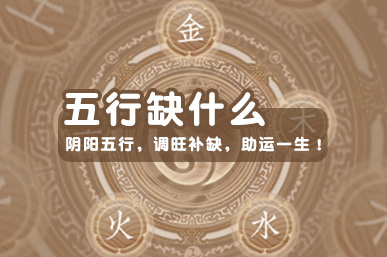八字精批2025运势命中贵人八字合婚
Naming
Conventions:
An
Introduction Chinese
naming
conventions
have
a
rich
history
and
are
an
important
aspect
of
Chinese
culture.
In
traditional
Chinese
naming,
a
person's
surname
(or
family
name)
comes
first,
followed
by
their
given
name. In
English,
the
given
name
is
typically
referred
to
as
the
first
name,
while
the
surname
is
referred
to
as
the
last
name.
However,
in
Chinese
culture,
the
order
is
reversed,
with
the
surname
coming
first
and
the
given
name
coming
last. For
example,
if
someone's
surname
is
Wang
and
their
given
name
is
Xin,
their
name
is
written
as
Wang
Xin.
This
order
reflects
the
importance
placed
on
family
and
lineage
in
Chinese
culture. Chinese
names
can
also
be
quite
intricate
and
may
have
multiple
characters,
with
each
character
having
its
own
meaning.
For
example,
the
name
Wang
Xiaojie
(王晓杰)
consists
of
three
characters,
with
"Wang"
being
the
surname
and
"Xiaojie"
being
the
given
name.
"Xiao"
means
"morning"
or
"dawn,"
while
"jie"
means
"hero"
or
"outstanding
person." When
translating
Chinese
names
into
English,
the
surname
is
still
written
first,
followed
by
the
given
name.
For
example,
Wang
Xiaojie
would
become
Xiaojie
Wang
in
English. In
addition,
Chine《『分析更多 星座爱情速配查询文章请关注 :51星座查询网,wwW.500051.cN〗」se
names
may
be
romanized
using
the
pinyin
system,
which
is
an
official
romanization
system
for
Standard
Chinese.
This
system
uses
the
Latin
alphabet
and
diacritical
marks
to
indicate
tones. Chinese
naming
conventions
are
an
important
aspect
of
Chinese
culture
and
should
be
respected
and
understood.
By
recognizing
and
appreciating
these
naming
traditions,
we
can
better
understand
and
appreciate
Chinese
customs
and
traditions
in
everyday
life.









